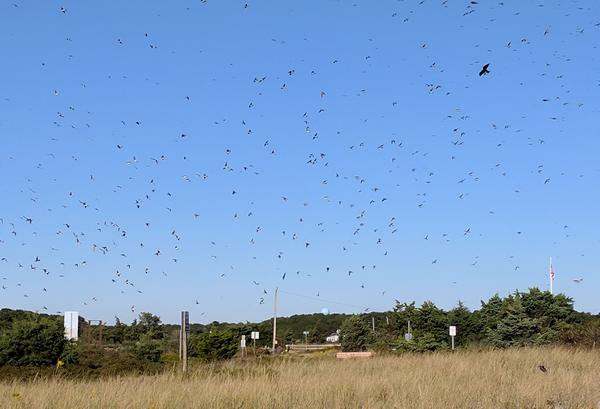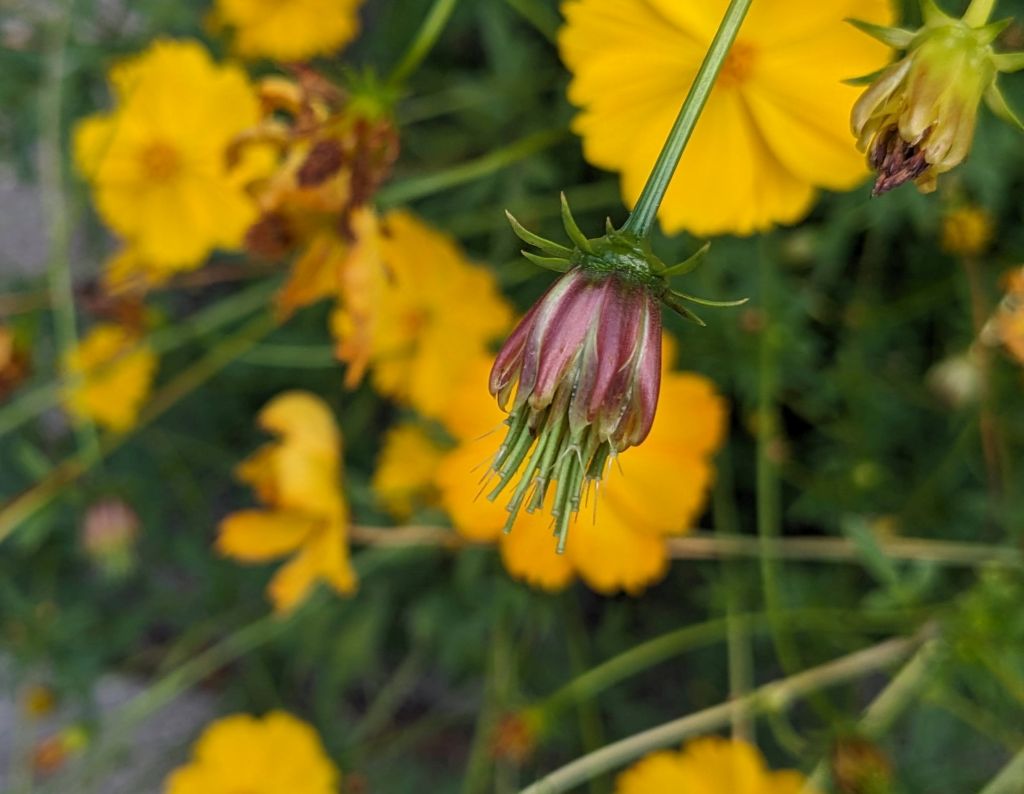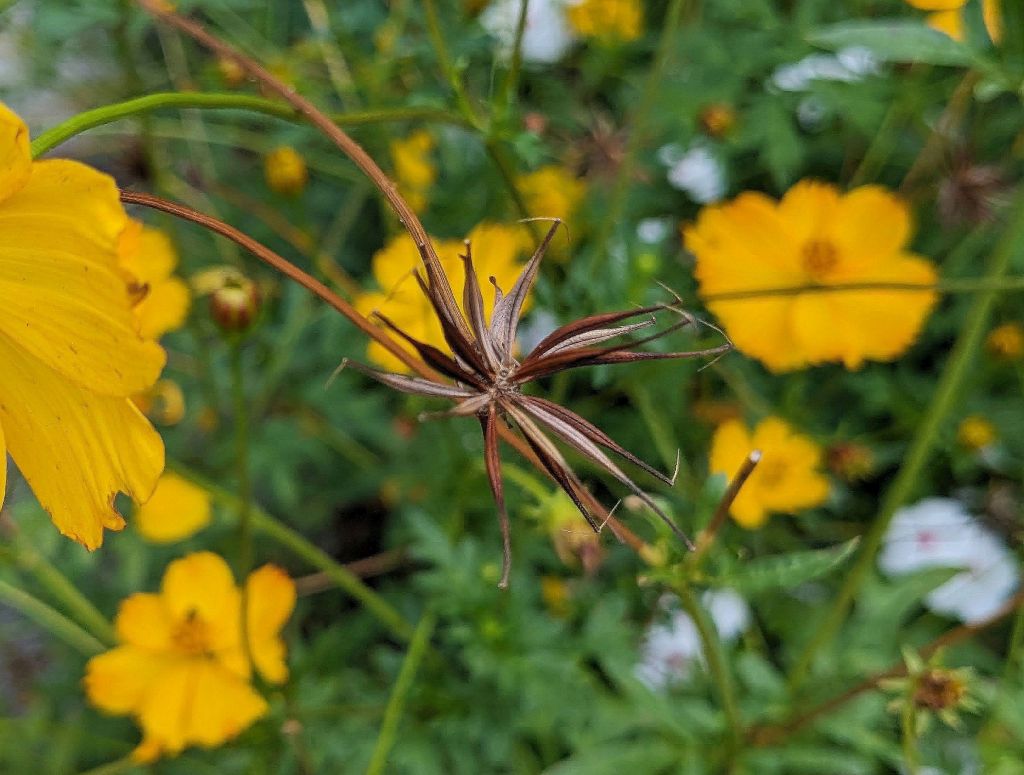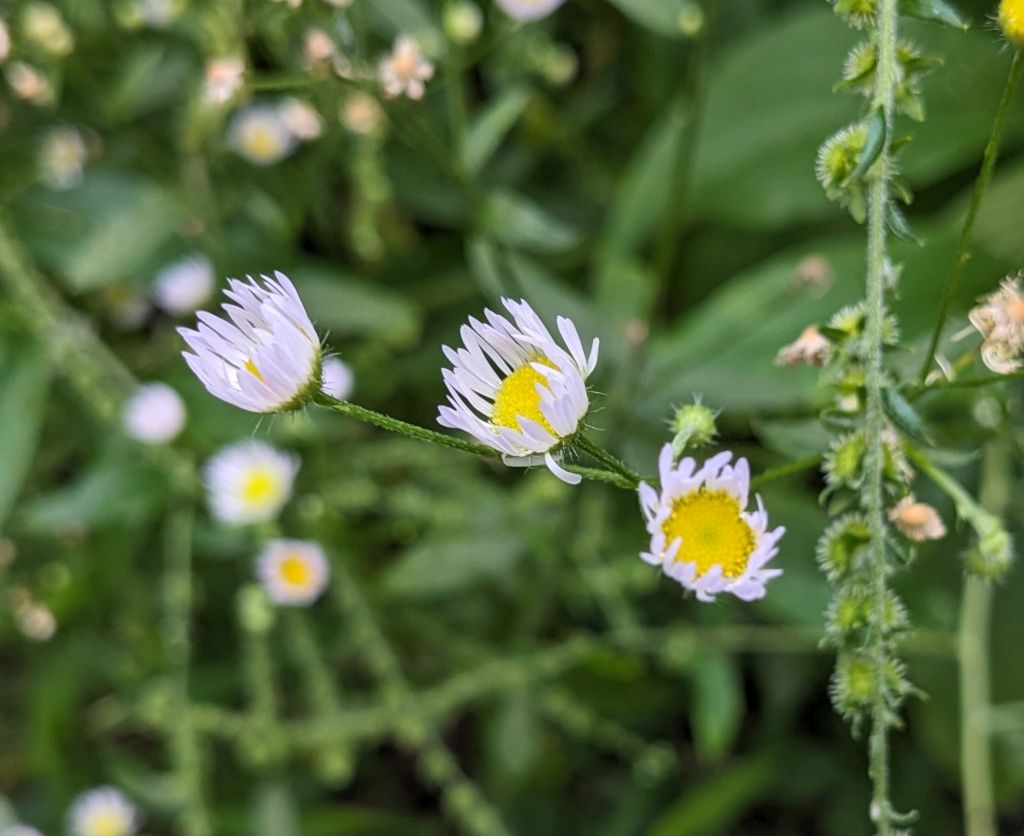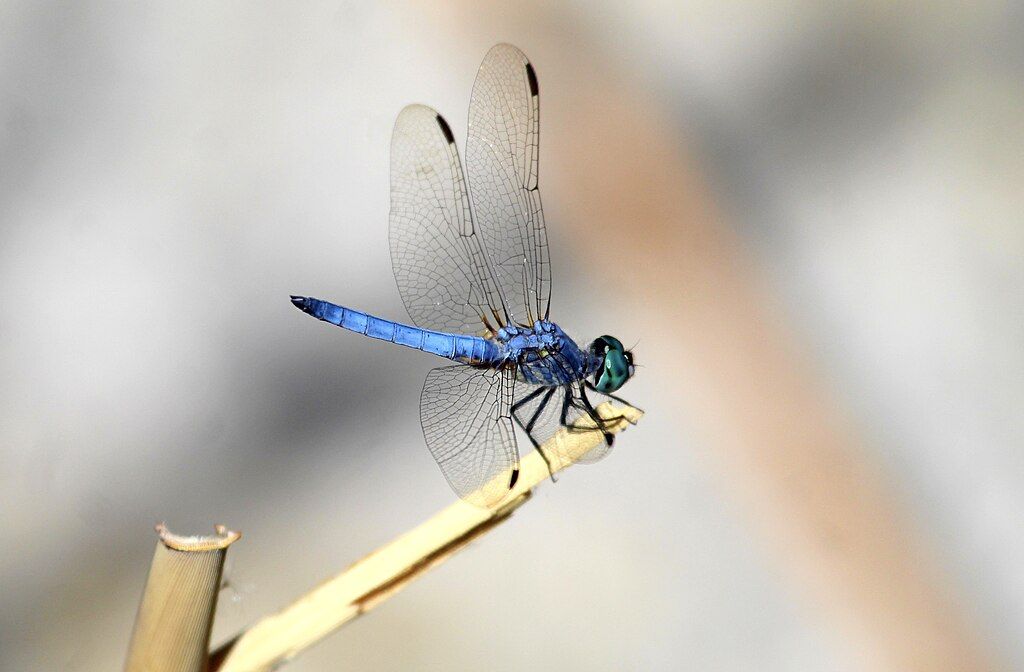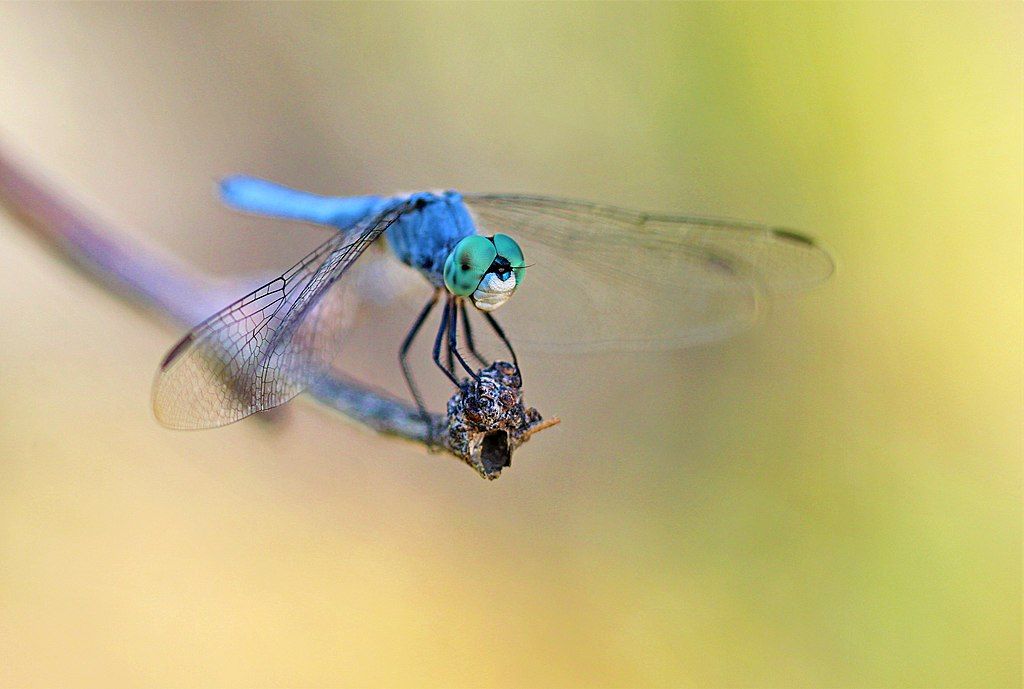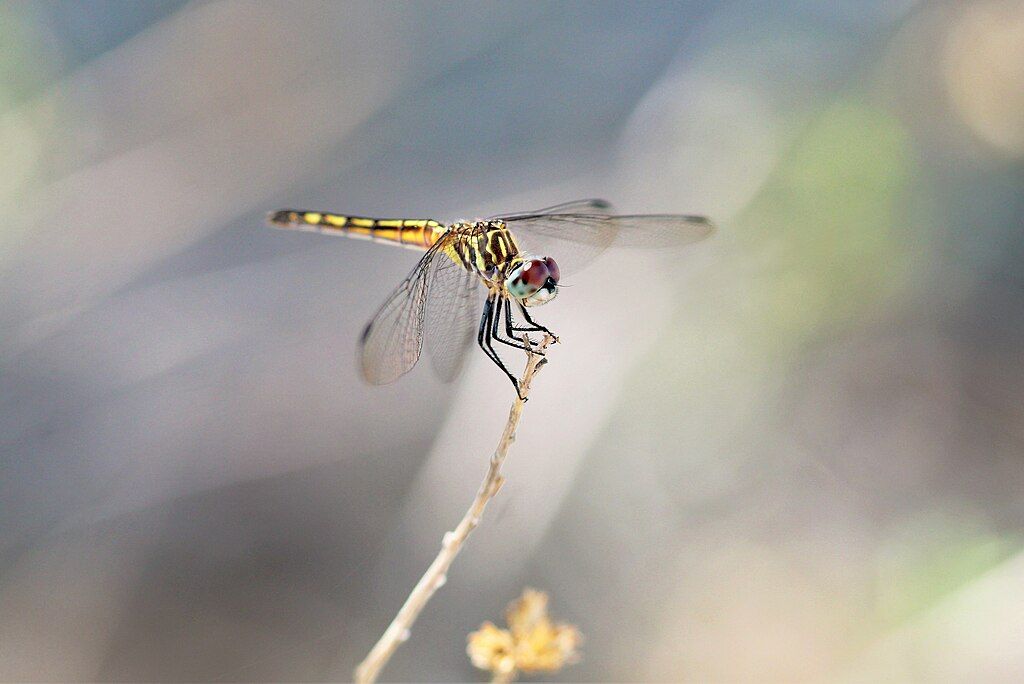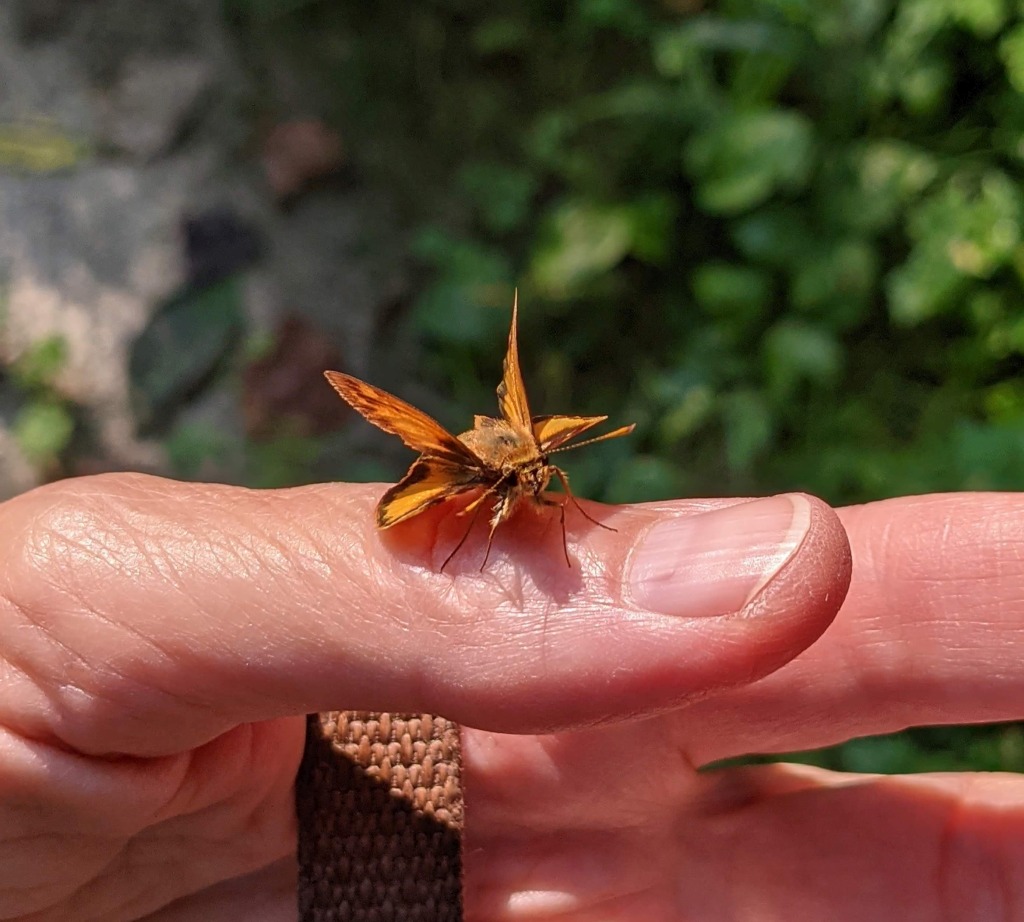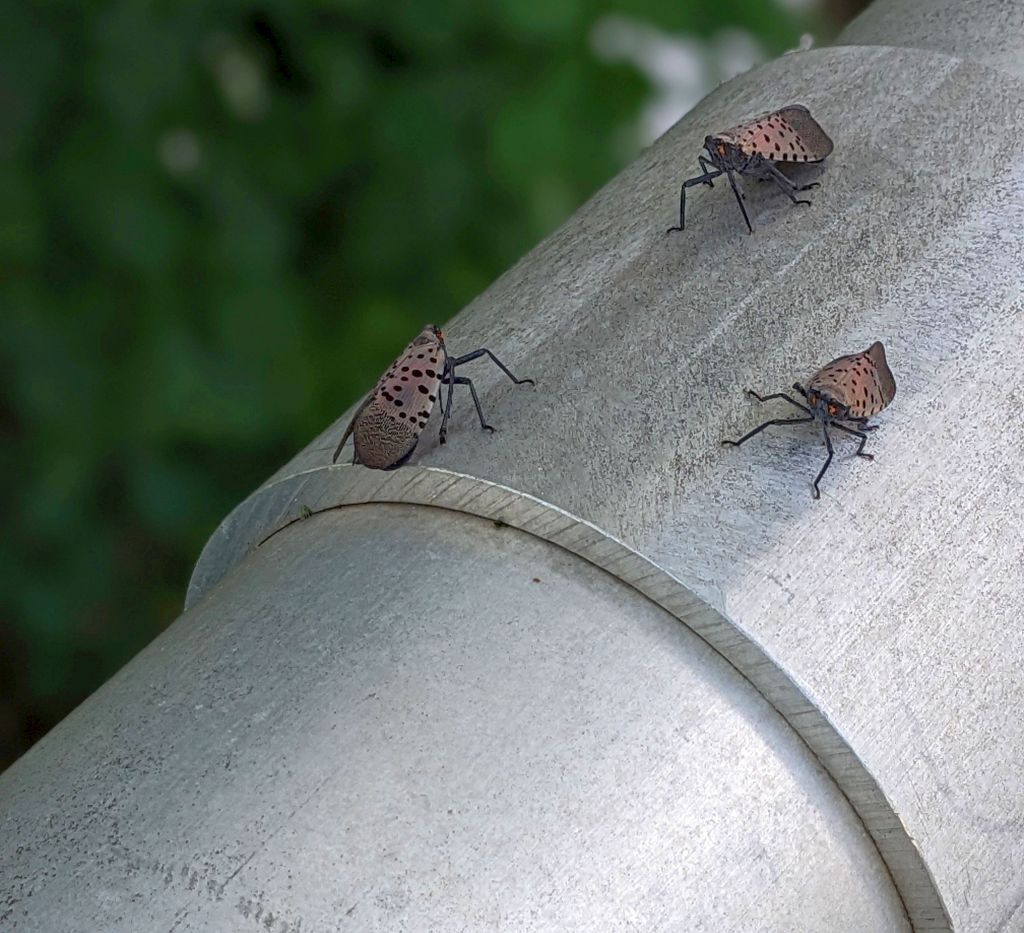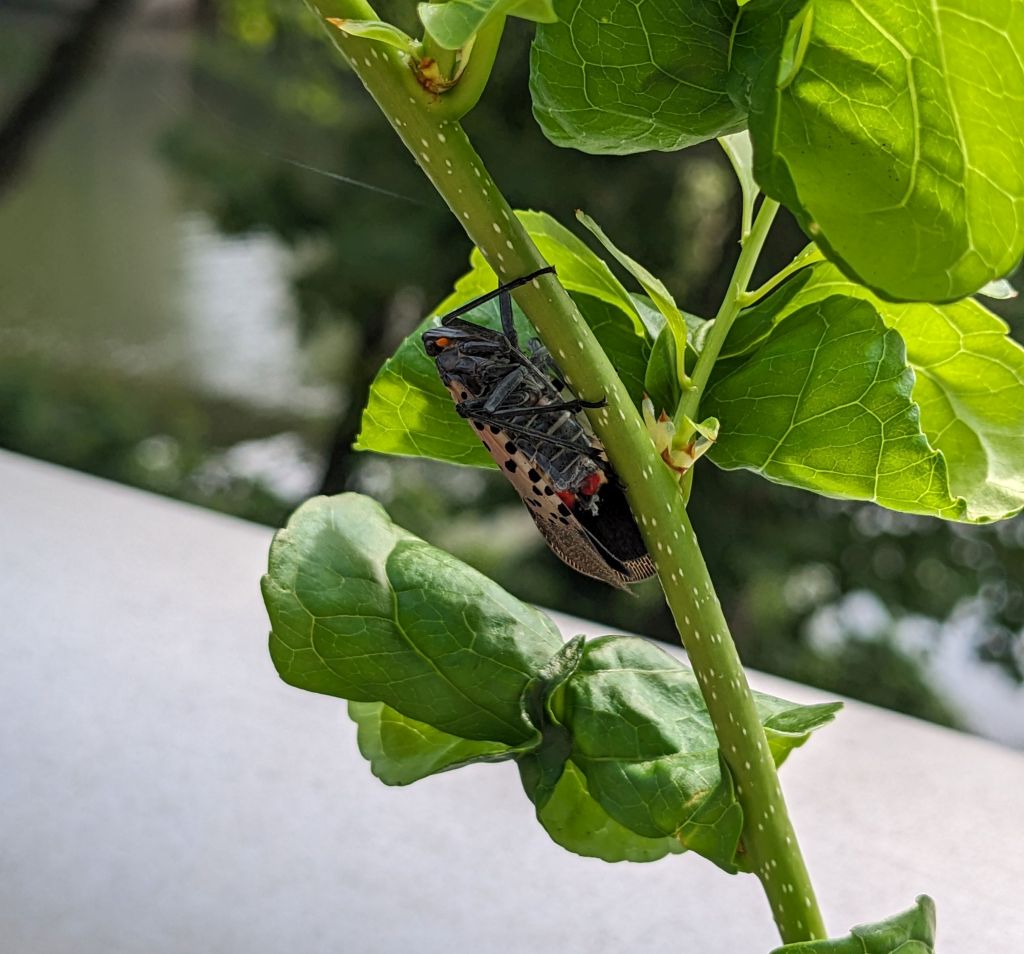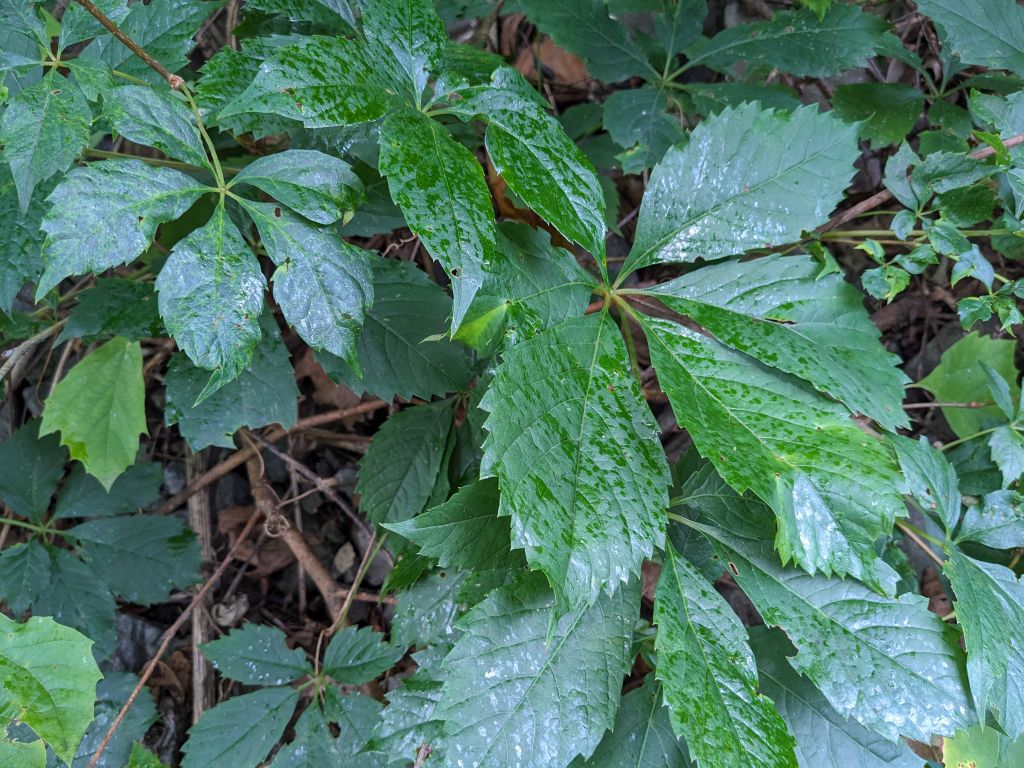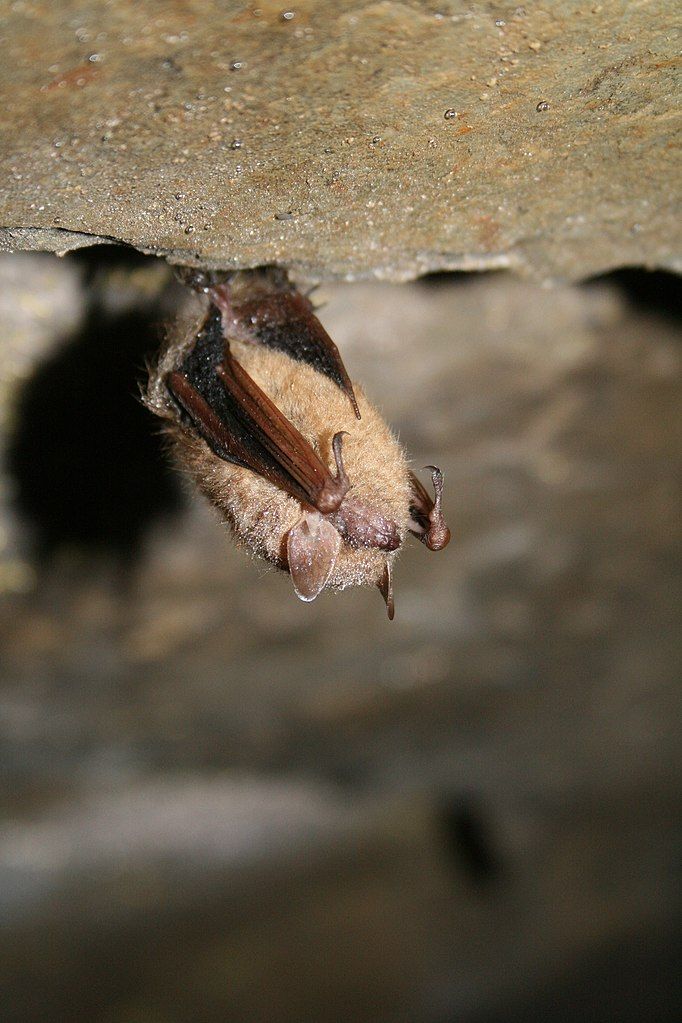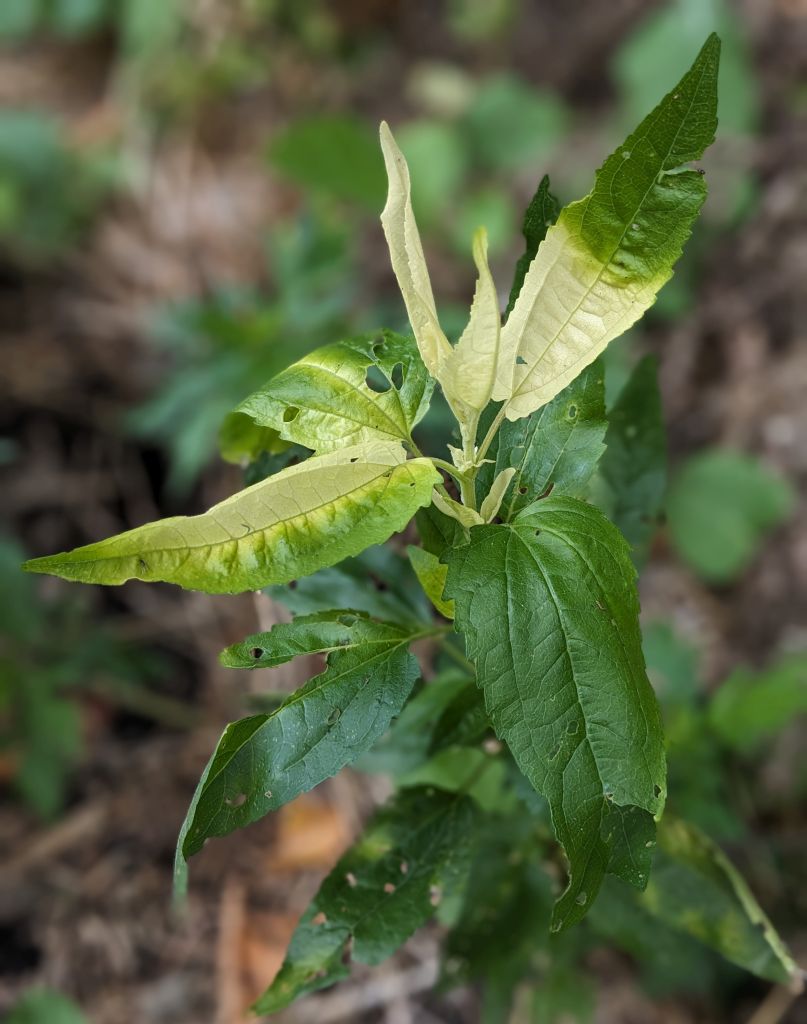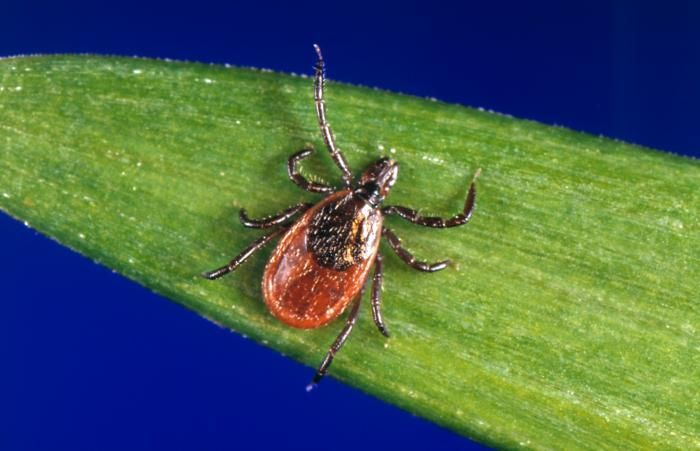
14 August 2024
If you aren’t already avoiding black-legged ticks (Ixodes scapularis) because of Lyme disease, yesterday’s announcement is another reason to be very careful.
The Allegheny County Health Department has announced that the first human case of Powassan virus disease has been detected in the area. It’s the first time the tick-borne virus has been seen in the county, and the first case in the state this year.
— Post Gazette: First human case of rare but deadly tick virus detected in Allegheny County
Powassan is a rare, but growing, disease that can only be caught from a black-legged tick bite. Initial symptoms can include fever, headache, vomiting, and weakness but it can also cause severe illness including inflammation of the brain (encephalitis) or the membranes around the brain and spinal cord (meningitis). This can result in long term neurological effects.
There is no treatment for Powassan and no vaccine. All that can be done is to wait for it to run its course and mitigate the symptoms.
It is no surprise that this happened at this time of year. Summer is when black-legged ticks are tiny nymphs.
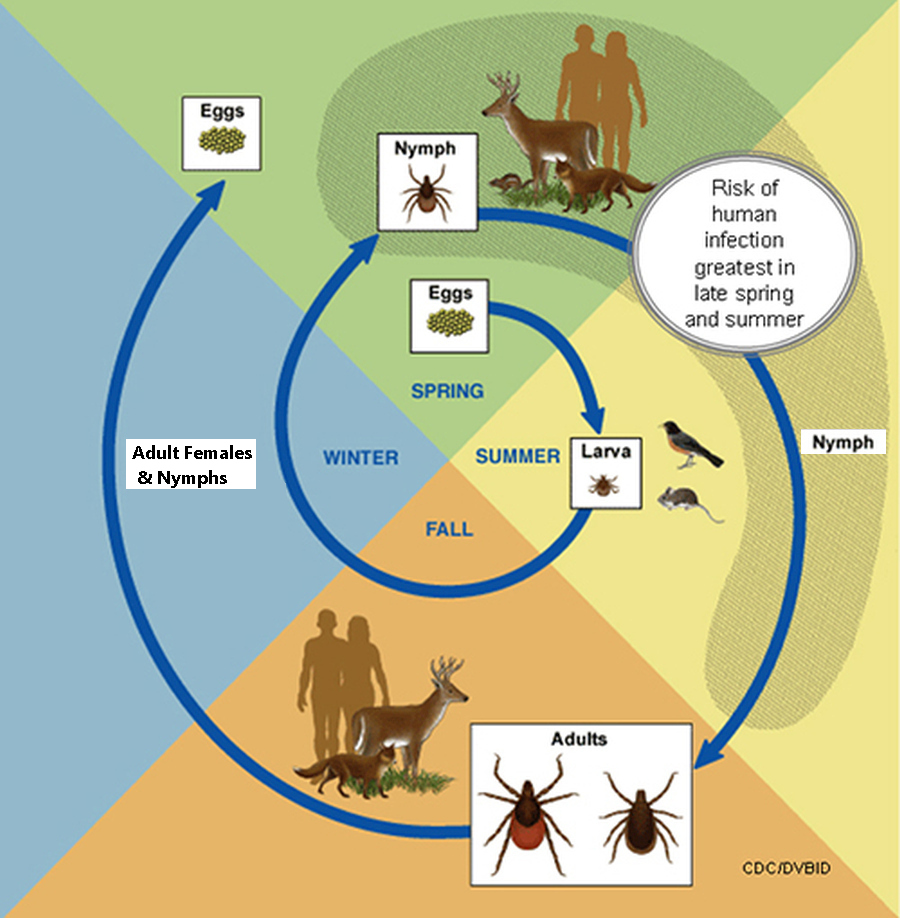
Here’s how big they are compared to an adult. No wonder we don’t notice them sucking our blood!

There are two ways to prevent Lyme disease.
#1. Check your body for ticks after you’ve been outdoors. There may be ticks in your own backyard so check every time.
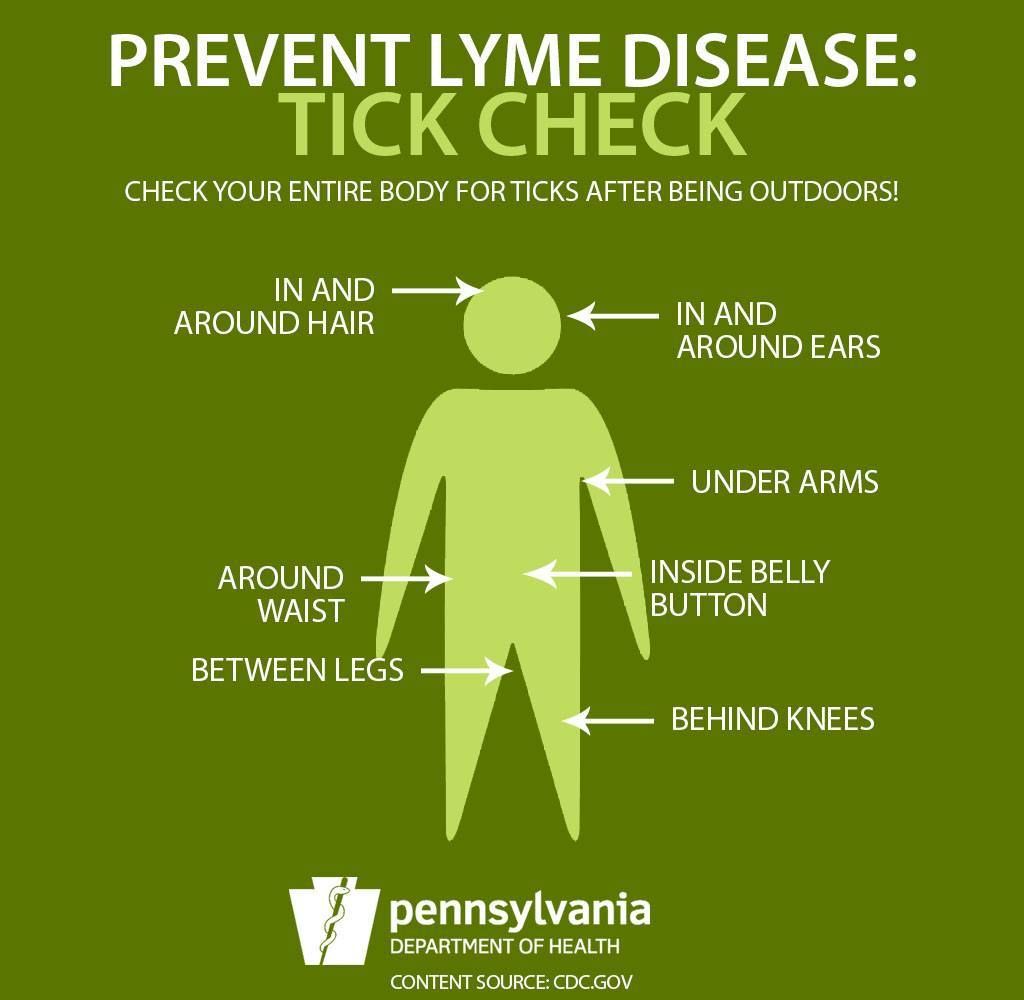
#2 Keep ticks off your clothes and skin. Wear long pants and long sleeves and spray your clothes with permethrin. Some suggest using DEET on your skin (if you wear shorts) but I can attest that long pants sprayed with permethrin is much better.
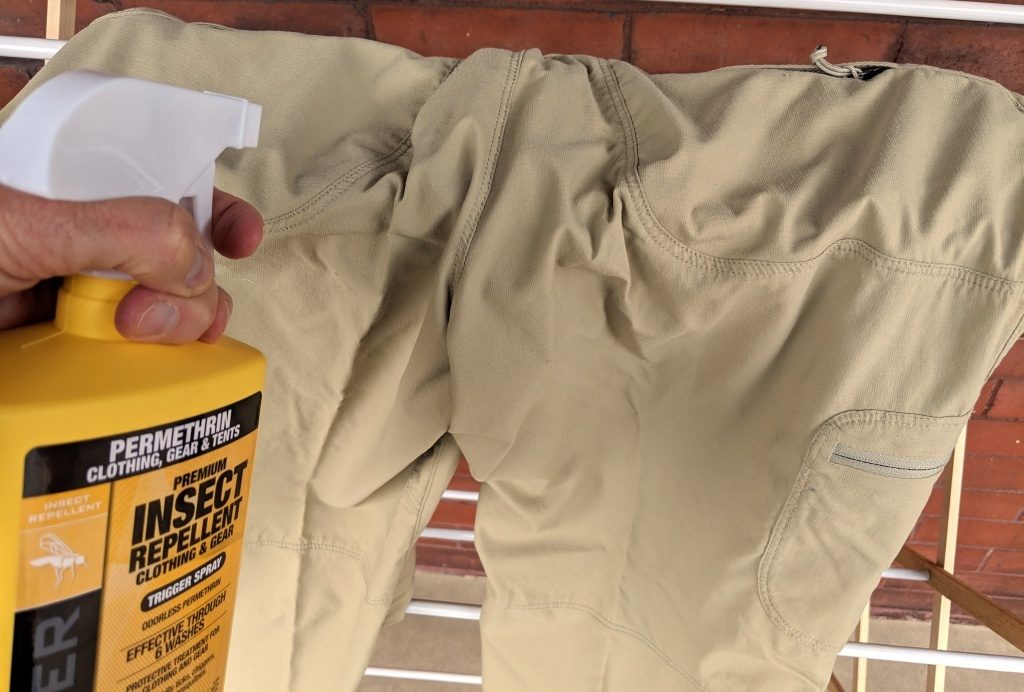
Stay safe outdoors. Avoid ticks
For more information, see the Post-Gazette: First human case of rare but deadly tick virus detected in Allegheny County.


